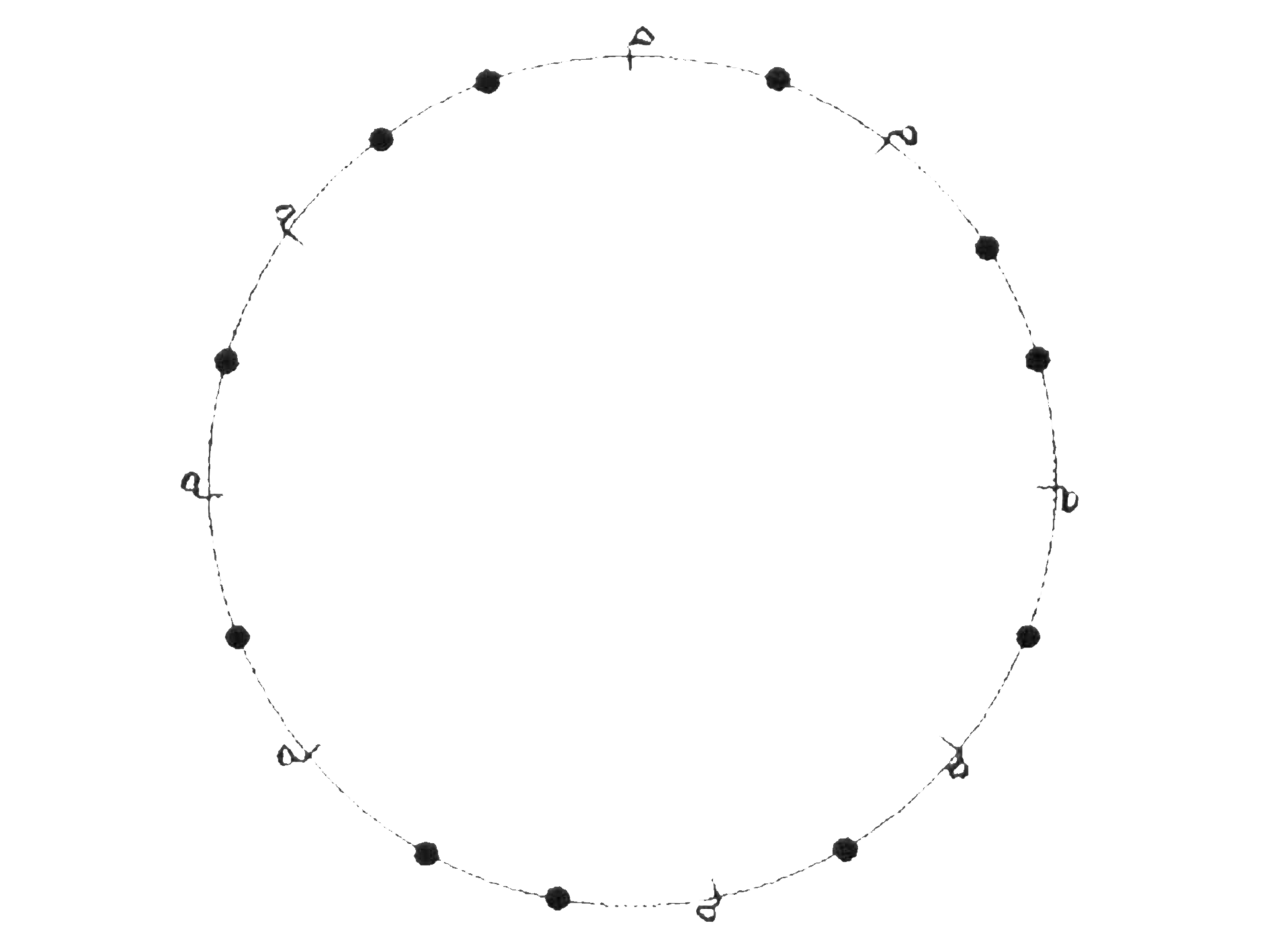


A Deferential Diagnosis of Fatigue
2025
Lecture-performance, Publication
45:00

The deferential diagnosis is an attempt to square the violent rationale of diagnosis with its language-giving—which is to say, life-affirming—properties for those besieged by fatigue. It is a methodological experiment that reclaims techniques of medical taxonomy in order to develop an ode to fatigue; a transdisciplinary poetics of weariness that blurs the registers between the clinical and the critical, the organic and the psychosocial. My concept draws from its homonymic namesake, the differential diagnosis: a clinical methodology whereby doctors draw up the list of possible etiologies that may account for a patient’s symptoms. Here, clinical acumen and biomedical tests meet to parse the unruly noise of bodily symptomatology into signal. In most cases, this exercise expedites the clinical process by narrowing its list of suspected pathogens—but not always. A symptom of everything, fatigue defies the differential diagnosis and exhausts its logic. To draw the map of its possible etiologies is a task befitting the Borgesian cartographer, not the medical clinician.
A Deferential Diagnosis of Fatigue is a neutral compendium of fatigues. Its objective, insofar as it can be said to have one, is to offer a window into a poetics and aesthetics of fatigue that treats its subject—and those who suffer it—with dignity, complexity, and grace. It has so far taken on the form of a syllabus, a lecture-performance, and a publication (made with the help of the kind people at the Jan van Eyck Printing and Publishing Lab).








A Deferential Diagnosis of Fatigue
2025
Lecture-performance, Publication
45:00

The deferential diagnosis is an attempt to square the violent rationale of diagnosis with its language-giving—which is to say, life-affirming—properties for those besieged by fatigue. It is a methodological experiment that reclaims techniques of medical taxonomy in order to develop an ode to fatigue; a transdisciplinary poetics of weariness that blurs the registers between the clinical and the critical, the organic and the psychosocial. My concept draws from its homonymic namesake, the differential diagnosis: a clinical methodology whereby doctors draw up the list of possible etiologies that may account for a patient’s symptoms. Here, clinical acumen and biomedical tests meet to parse the unruly noise of bodily symptomatology into signal. In most cases, this exercise expedites the clinical process by narrowing its list of suspected pathogens—but not always. A symptom of everything, fatigue defies the differential diagnosis and exhausts its logic. To draw the map of its possible etiologies is a task befitting the Borgesian cartographer, not the medical clinician.
A Deferential Diagnosis of Fatigue is a neutral compendium of fatigues. Its objective, insofar as it can be said to have one, is to offer a window into a poetics and aesthetics of fatigue that treats its subject—and those who suffer it—with dignity, complexity, and grace. It has so far taken on the form of a syllabus, a lecture-performance, and a publication (made with the help of the kind people at the Jan van Eyck Printing and Publishing Lab).







